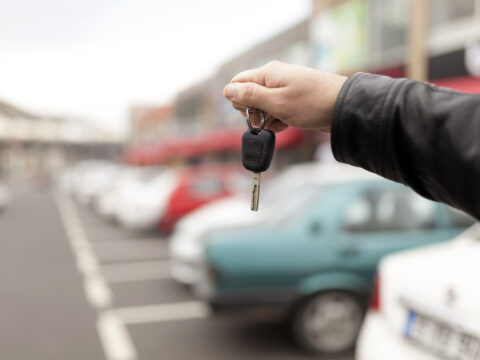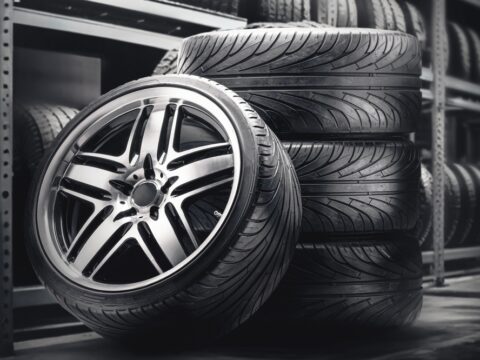Maintaining your electric vehicle doesn’t always mean a trip to the mechanic. There are several common repairs and maintenance tasks that you can easily handle yourself with a few tools and a bit of know-how. From replacing cabin air filters to changing windshield wipers, DIY repairs can save you time and money while keeping your EV in top condition. Here are 16 electric vehicle repairs you can take care of right at home.
Contents
Replacing Cabin Air Filters
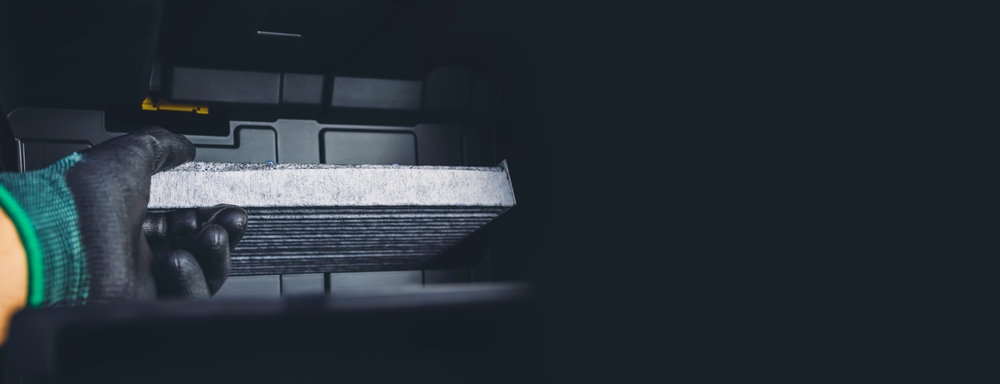
The cabin air filter is responsible for keeping the air inside your electric vehicle fresh by trapping dust, pollen, and other pollutants. Fortunately, replacing it is a simple DIY task that requires minimal tools—typically just a screwdriver. Most manufacturers recommend changing this filter every 15,000 to 30,000 miles, depending on the driving environment. A new cabin air filter will improve air quality inside the vehicle and can also help the HVAC system function more efficiently.
Changing Windshield Wiper Blades
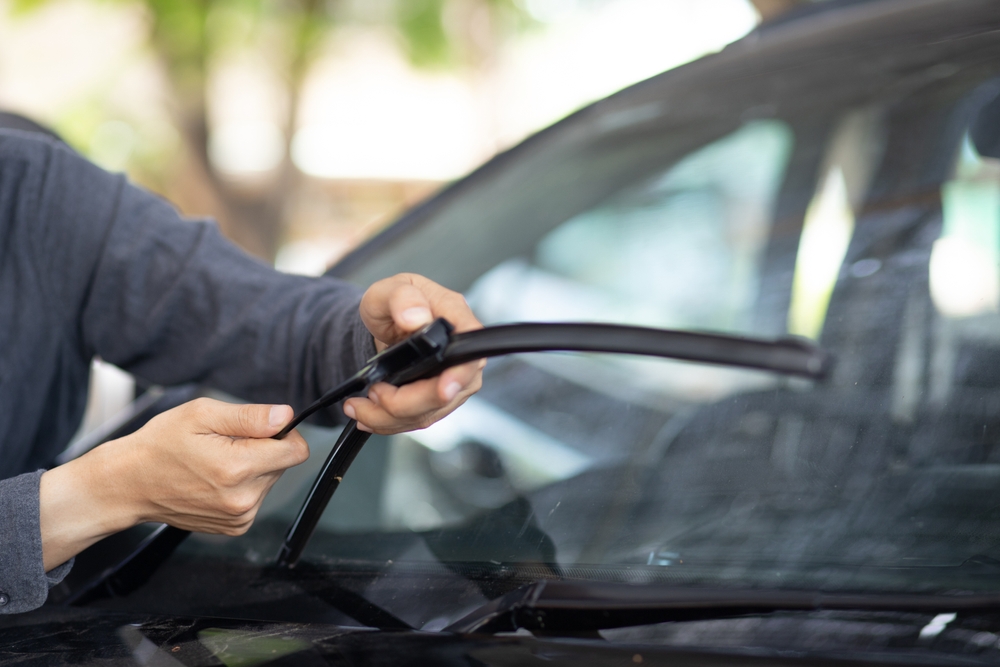
Worn windshield wiper blades can affect visibility during rain or snow, making driving hazardous. Fortunately, changing them is a straightforward task that doesn’t require much time or skill. Most electric vehicles use standardized wiper blade designs, making it easy to find replacements. You simply remove the old blades and snap the new ones into place.
Topping Up Windshield Washer Fluid
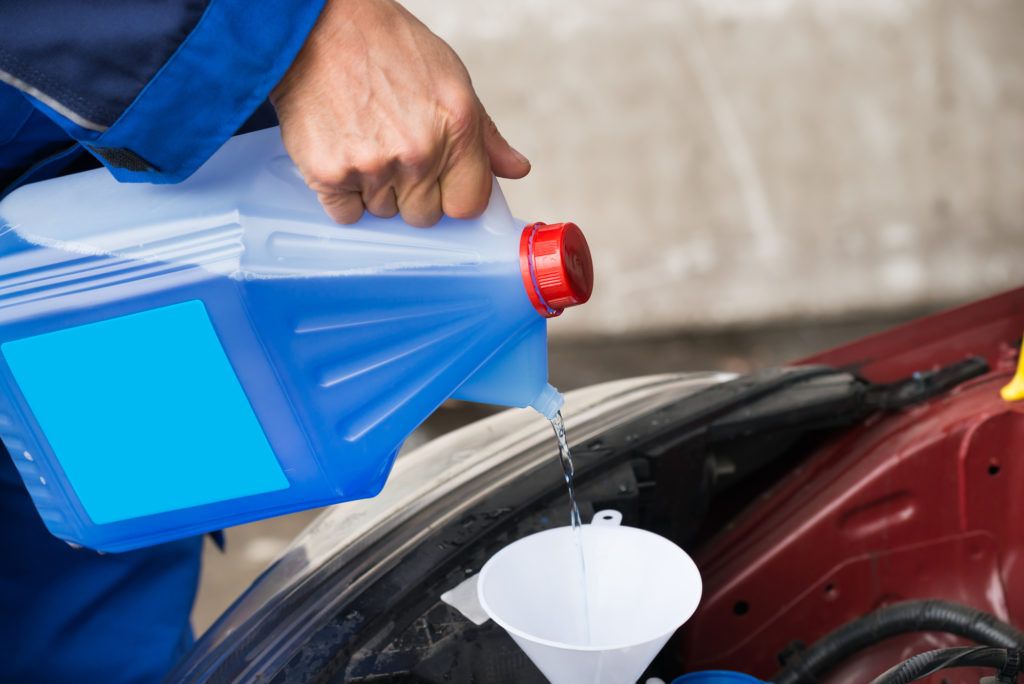
Windshield washer fluid helps keep your windshield clean, especially when dirt, bugs, or salt accumulate. This is one of the simplest tasks you can do yourself—just locate the reservoir under the hood and refill it with the appropriate fluid. During winter months, you may need to check and refill the reservoir more frequently. Maintaining the correct washer fluid level ensures good visibility while driving, especially in challenging weather. It’s a quick and essential task to perform regularly.
Checking and Maintaining Tire Pressure
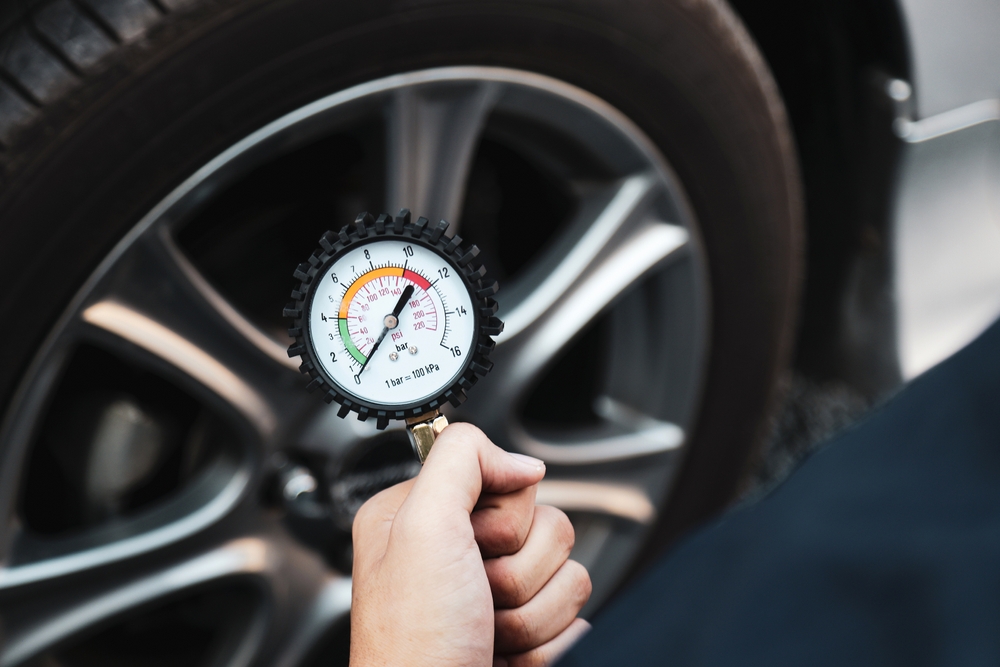
Proper tire pressure is critical for both safety and energy efficiency in electric vehicles. Over- or under-inflated tires can lead to uneven wear and reduce your EV’s range. Checking tire pressure is an easy DIY task that can be done with a tire pressure gauge, and it’s recommended to do this at least once a month. Most electric vehicles come equipped with tire pressure monitoring systems, but a manual check ensures accuracy.
Rotating Tires
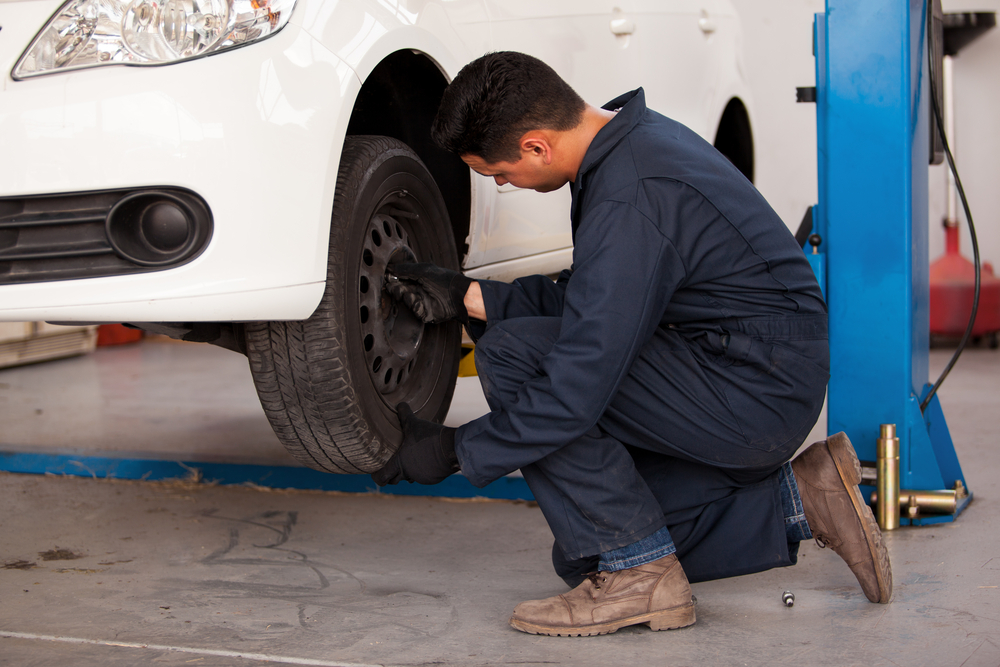
Regular tire rotation is essential to extend the lifespan of your tires and maintain even wear. It typically involves swapping the front and rear tires and, in some cases, using a cross-rotation pattern. Most manufacturers recommend rotating tires every 5,000 to 8,000 miles. By doing this yourself, you can save money and prevent uneven tread wear, which improves both safety and fuel efficiency. All you need is a car jack, lug wrench, and a basic understanding of your vehicle’s tire pattern.
Fixing Minor Paint Scratches
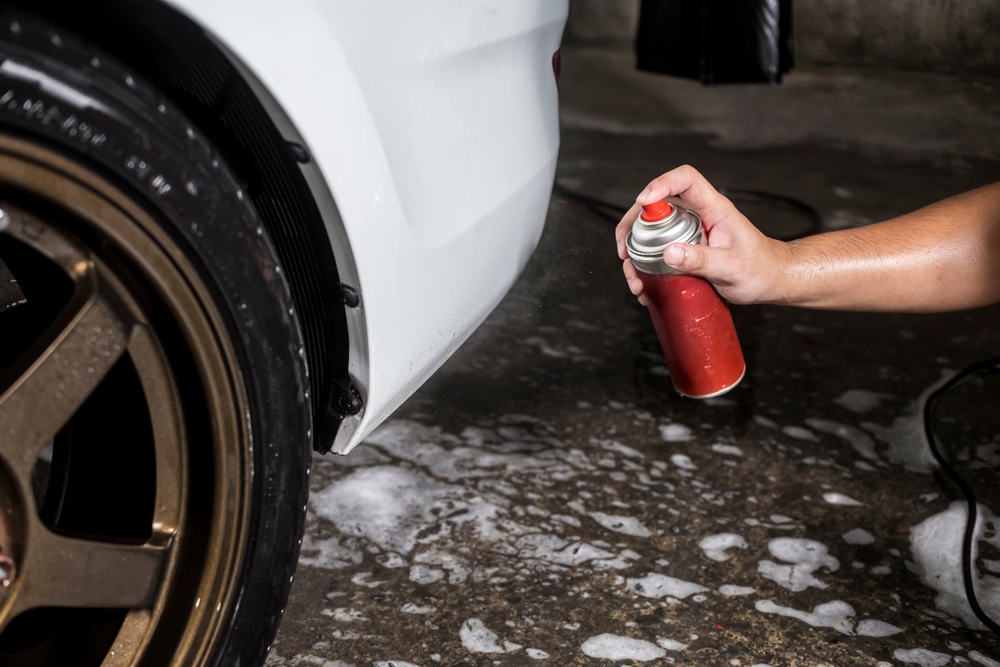
Small paint scratches can diminish the appearance of your EV, but they are relatively easy to repair at home. Most manufacturers or auto shops offer touch-up paint kits that match your vehicle’s color. After cleaning the scratched area, you can apply the paint in thin layers until the scratch is covered. This simple repair prevents rust and keeps your EV looking sharp. It’s a cost-effective way to maintain your vehicle’s exterior without needing a professional paint job.
Replacing a Broken Side Mirror
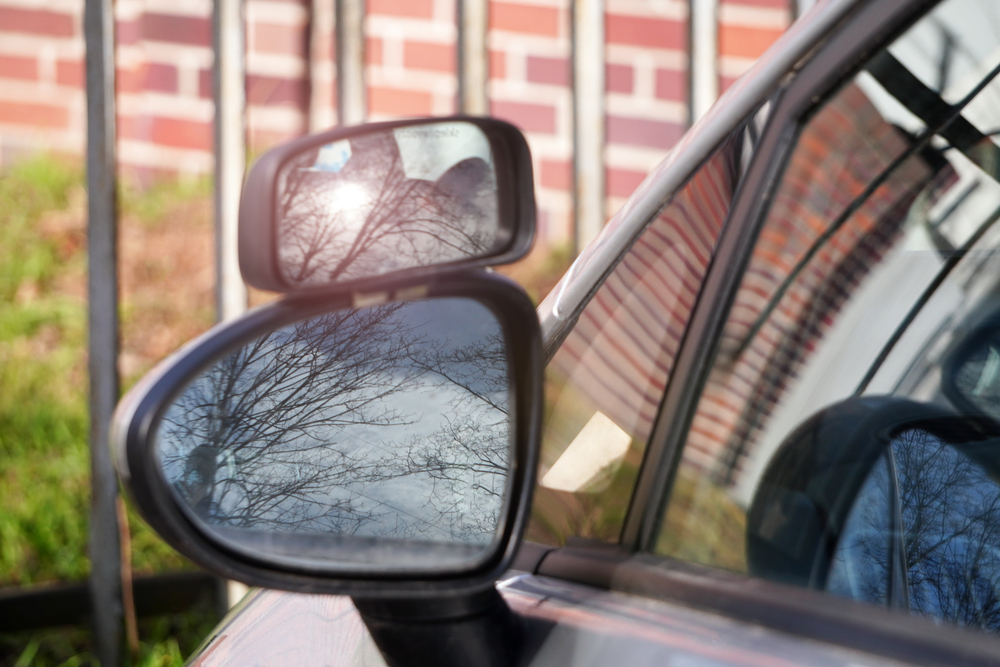
Side mirrors can crack or break from minor accidents, but you don’t need a mechanic to replace them. Most electric vehicle mirrors are attached with simple screws or clips, making it easy to swap out a broken mirror with a new one. You can purchase a replacement from your dealer or an aftermarket supplier and follow the installation instructions. A functional side mirror is essential for safe driving, and replacing it yourself can save time and money. It’s a quick fix that restores your vehicle’s full visibility.
Repairing Minor Dents
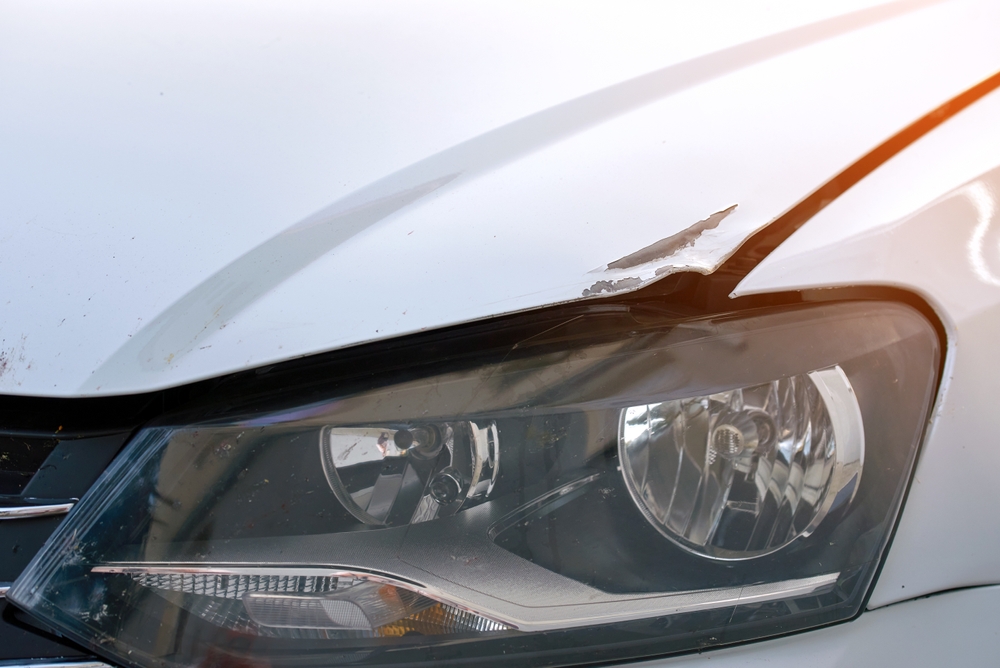
Dents in the body of your electric vehicle can be annoying, but many of them can be fixed at home using common household tools. Techniques such as using a plunger or heat-and-cool methods can pop out small dents effectively. You can also buy specialized dent repair kits, which include tools to help with more stubborn damage. Fixing dents early prevents rust and further damage to the vehicle’s body. It’s a simple DIY project that keeps your EV looking new without a costly trip to the body shop.
Fixing Window Issues
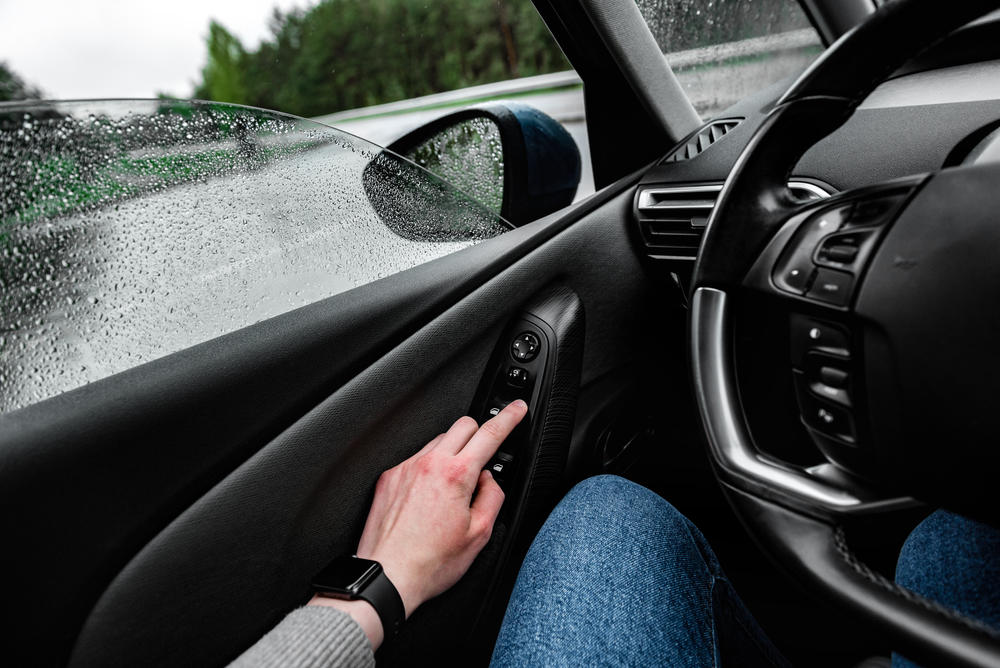
Power windows can occasionally malfunction due to electrical issues, such as a faulty switch or a blown fuse. These problems can often be resolved by replacing the fuse or switch, which is outlined in the vehicle’s manual. In some cases, the issue may be mechanical, such as a misaligned window track, which you can fix with basic tools. Addressing these problems early prevents further damage and ensures your windows operate smoothly. It’s a manageable repair that saves you from a trip to the mechanic.
Refurbishing Headlights

Over time, headlights can become foggy or yellowed, reducing visibility at night. Using a headlight restoration kit, you can polish the outer layer of the headlight to make it clear again. The kits usually include a polishing compound and a protectant that helps prevent further clouding. Restoring your headlights not only improves their appearance but also enhances nighttime driving safety. This simple DIY task keeps your lights bright and clear without needing a professional repair.
Replacing Brake Pads
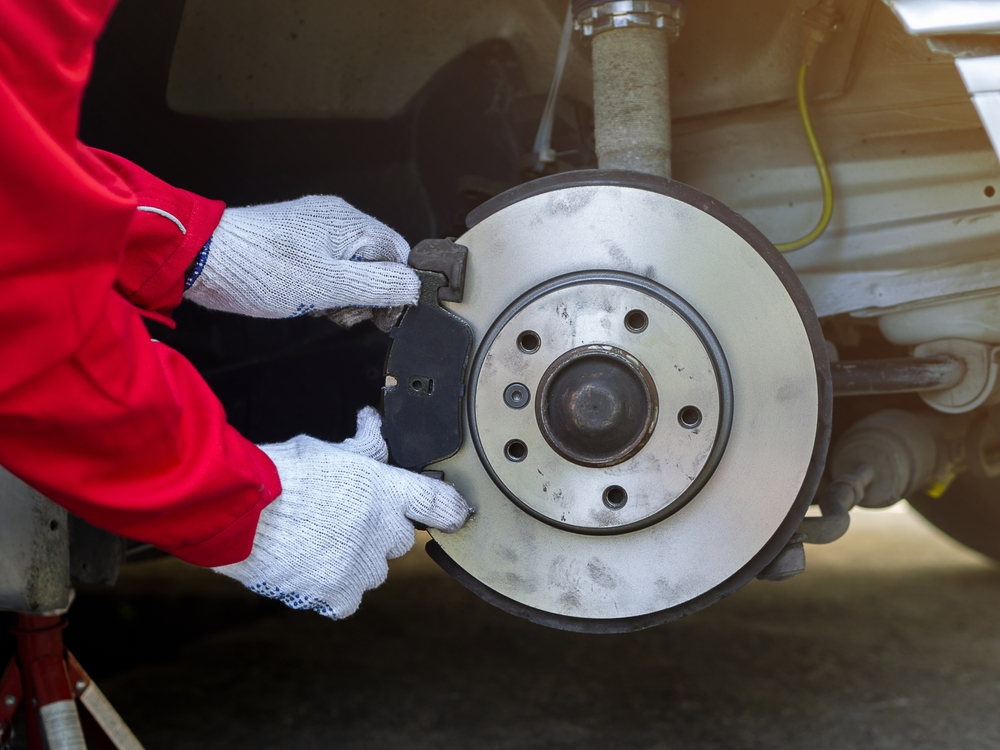
Brake pads in electric vehicles, while lasting longer than in conventional cars, eventually wear out and need replacement. This is a task you can perform at home using a car jack and a few tools. After removing the wheel, you simply swap out the old brake pads for new ones. Replacing worn brake pads ensures that your EV’s braking system remains responsive and safe.
Fixing a Flat Tire
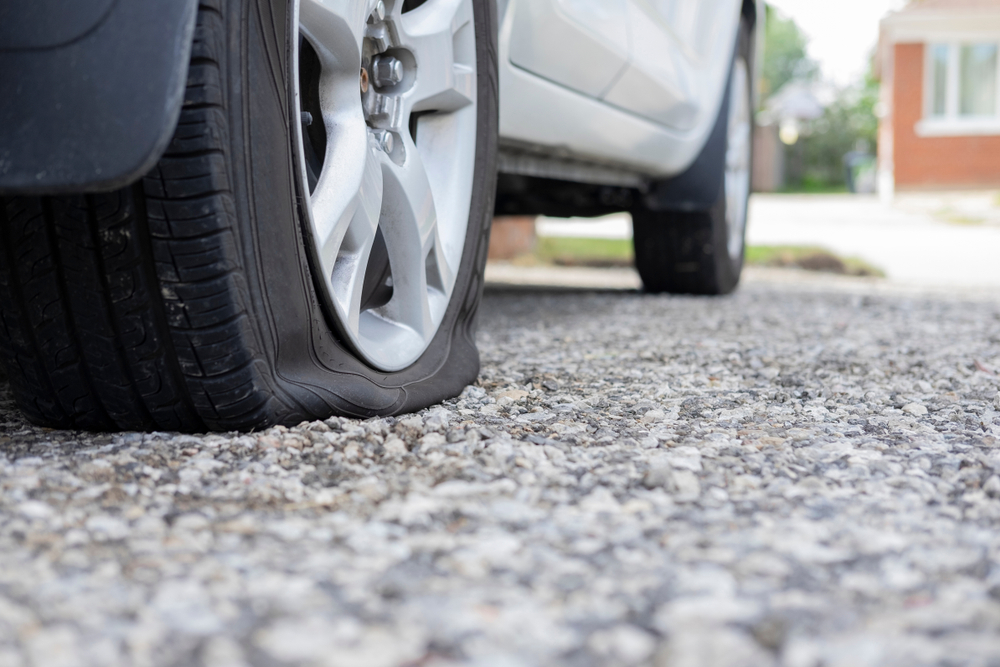
A flat tire is one of the most common repairs that any vehicle owner will face, and it’s no different with electric vehicles. Changing a flat tire is a straightforward process that requires a tire jack, wrench, and spare tire or patch kit. Many electric vehicles also come with tire repair kits that allow you to temporarily fix small punctures until the tire can be replaced. Knowing how to change a flat or patch a hole is a vital skill that ensures you’re not stranded on the road.
Replacing Exterior Lights
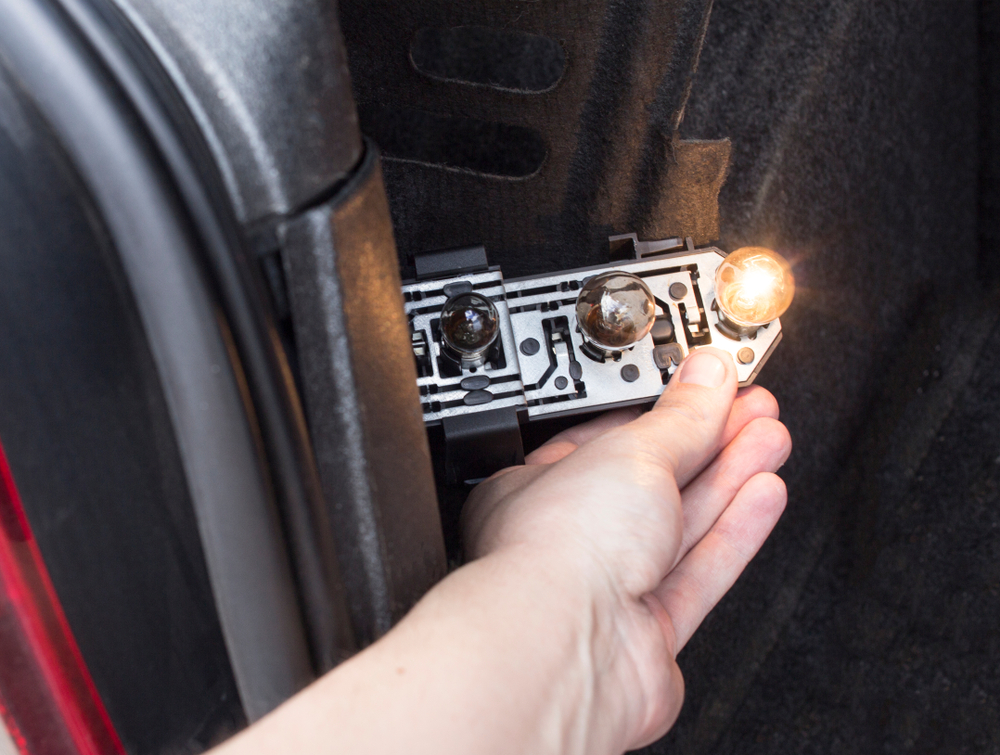
Whether it’s a burnt-out headlight or a faulty turn signal, replacing exterior lights on your EV is a quick and easy job. Most light bulbs are readily accessible and require just a screwdriver to replace. You can buy compatible bulbs from an auto store, and many come with easy-to-follow instructions for installation. Ensuring that all exterior lights are working correctly is crucial for safe driving and avoiding traffic tickets. This simple repair can be done in minutes, saving you from a trip to the dealership.
Maintaining Coolant Levels
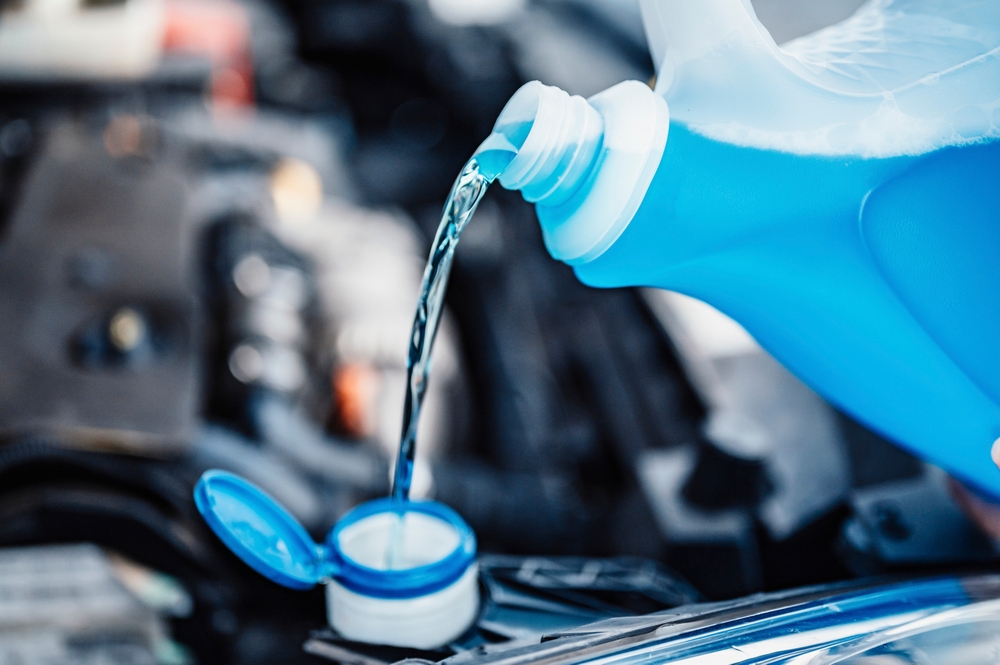
Even though electric vehicles don’t have traditional engines, they still require coolant to regulate battery temperatures. Checking and topping up the coolant is an easy DIY task that can be done by locating the coolant reservoir under the hood. Low coolant levels can lead to overheating, which can damage the battery and other systems. Regular maintenance of the coolant system ensures your EV runs efficiently and avoids costly repairs down the line. Make sure to use the recommended type of coolant for your specific vehicle.
Lubricating Door Hinges

Over time, door hinges can become stiff or squeaky, making it harder to open and close your EV’s doors. This is a simple issue to fix using a silicone-based lubricant. Just apply a small amount to the hinges and open and close the door a few times to spread the lubricant evenly. Keeping the door hinges lubricated prevents wear and tear, extends their lifespan, and ensures smooth operation. This quick task can be done in just a few minutes and is an easy way to keep your vehicle in top condition.
Replacing the Key Fob Battery
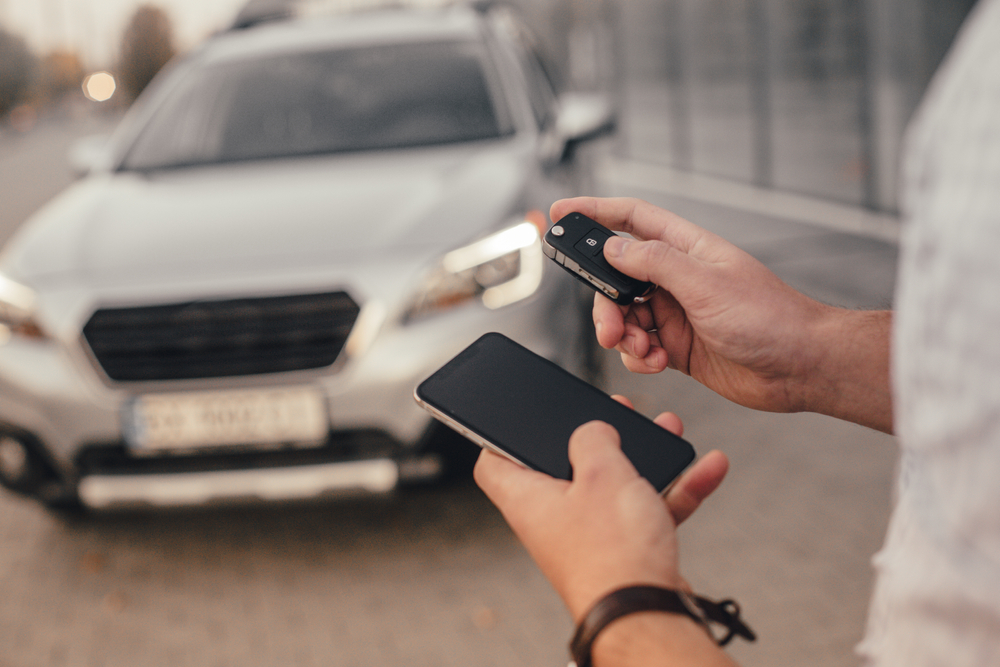
If your key fob stops working, it’s likely because the battery is dead. Replacing the battery is a simple process that usually involves unscrewing the fob and swapping out the old battery for a new one. Key fobs typically use small coin-style batteries that are easy to find at any store. A functioning key fob ensures you can unlock and start your EV without any hassle. This quick fix saves you from the inconvenience of being locked out of your vehicle.
This article originally appeared in MyCarMakesNoise.
More from MyCarMakesNoise
17 Most Elegantly Designed Helicopters in the Skies

When it comes to aviation, elegance isn’t just about appearance—it’s about combining style with cutting-edge technology and performance. Read More.
9 Future Spacecrafts Set to Revolutionize Space Travel

As space exploration advances at an unprecedented pace, a new generation of spacecraft is being developed to push the boundaries of what’s possible. These cutting-edge vehicles are designed to take humans farther into the cosmos, explore distant worlds, and make space travel more accessible. Read More.
10 Iconic Vehicles Powered by the Legendary 426 Hemi Engine
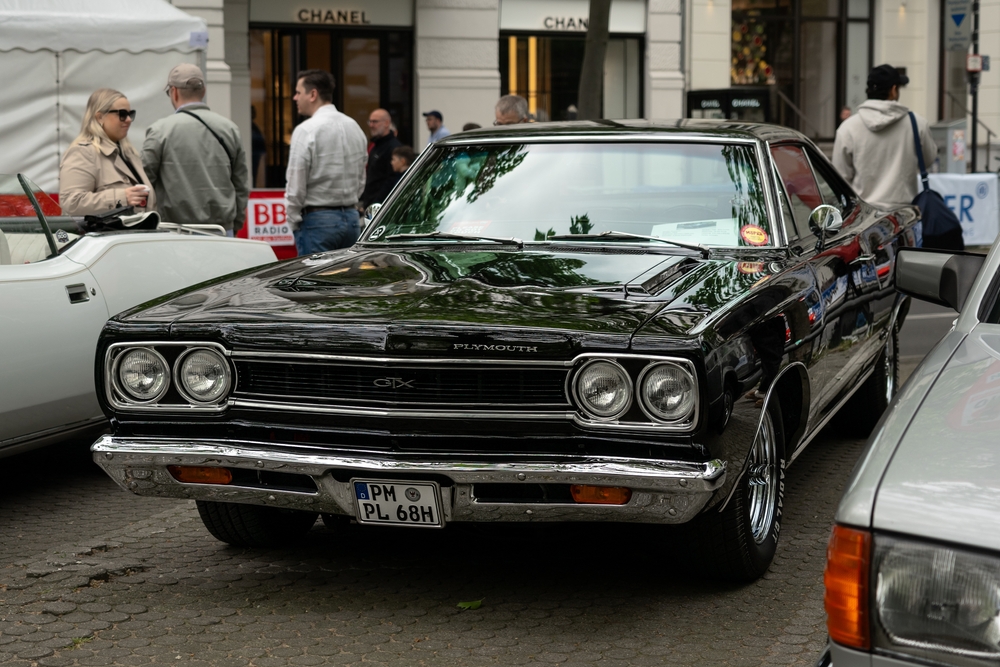
The 426 Hemi engine, synonymous with raw power and unmatched performance, stands as a towering figure in the world of muscle cars. Crafted by Chrysler, this legendary V8 engine redefined automotive performance, making it a favorite among car enthusiasts and racers alike. Read More.

